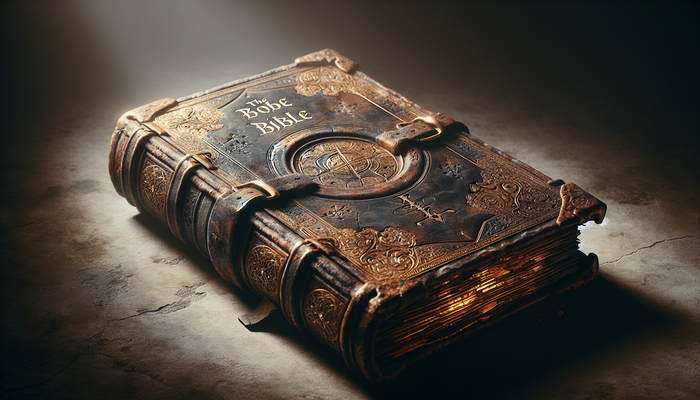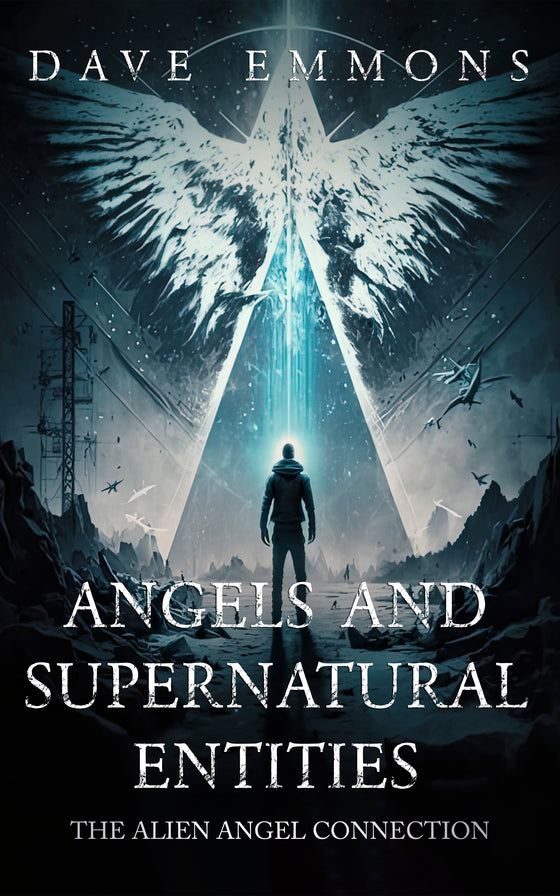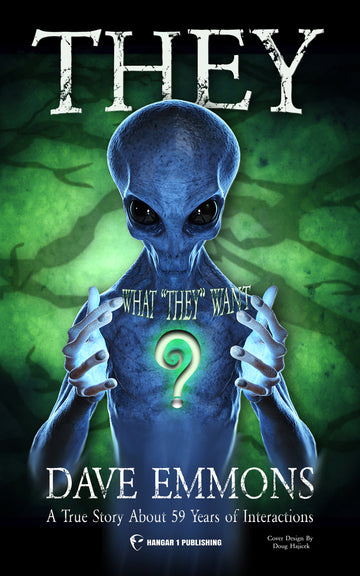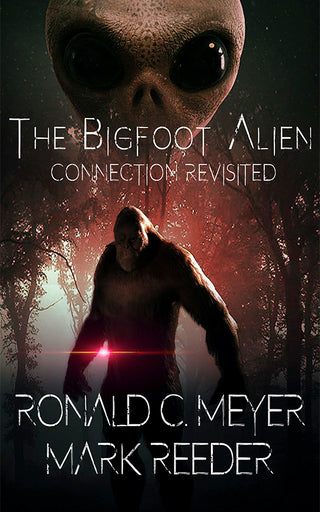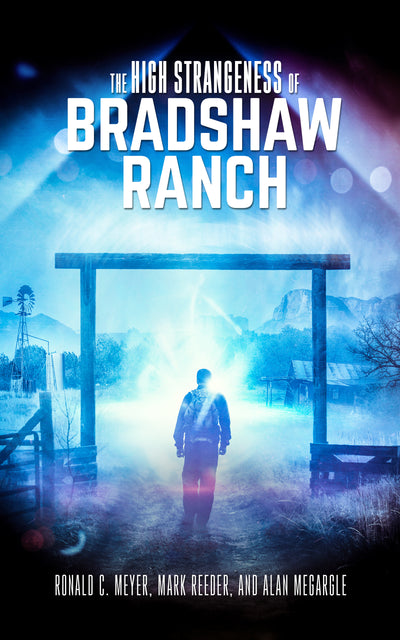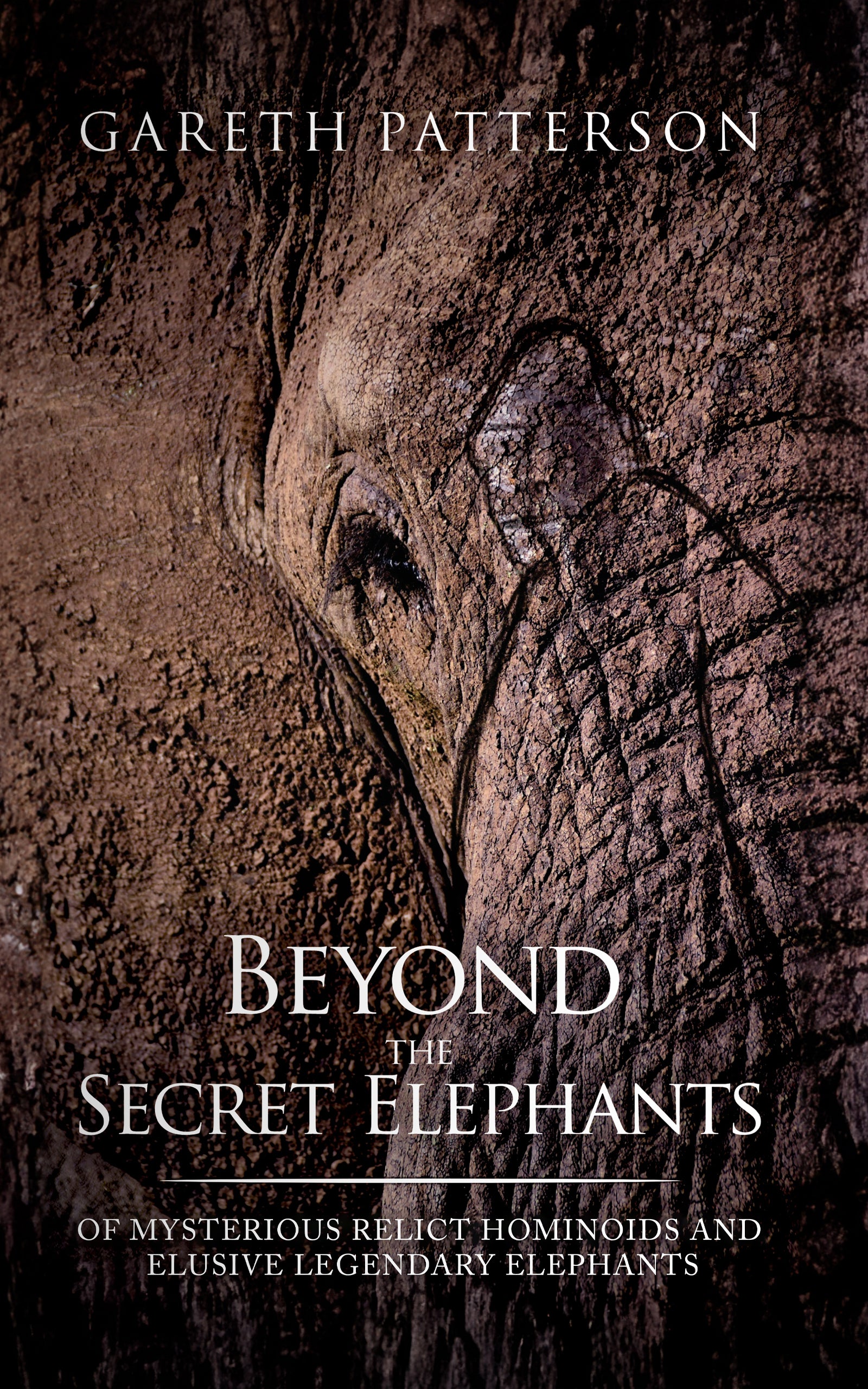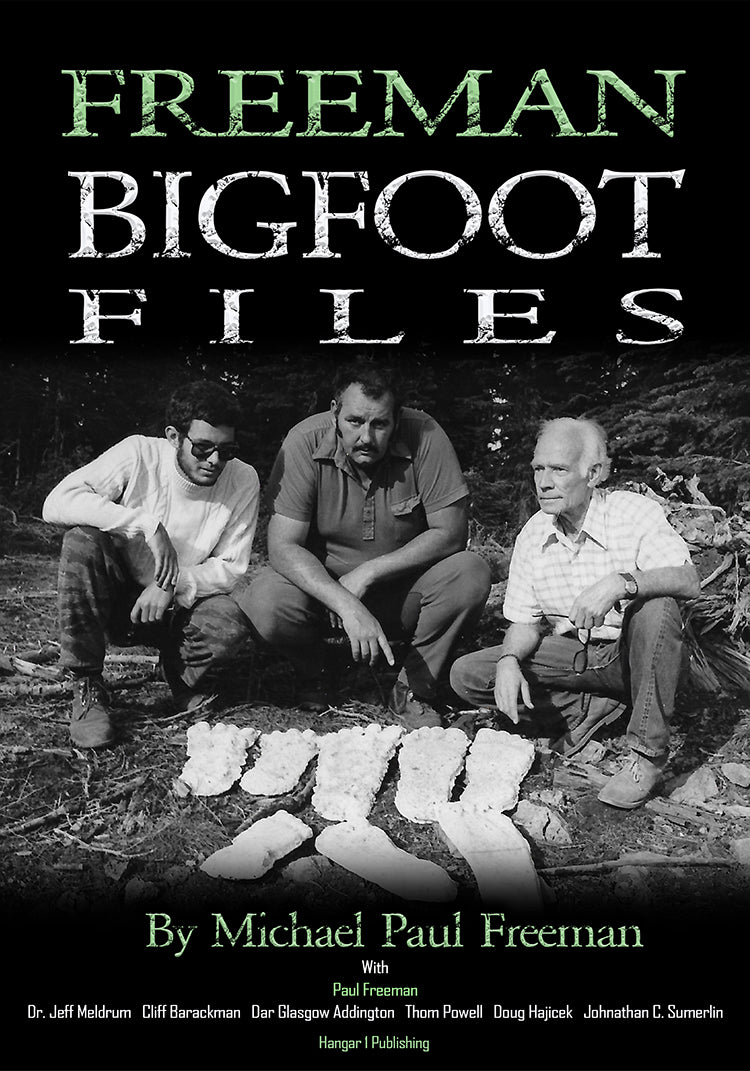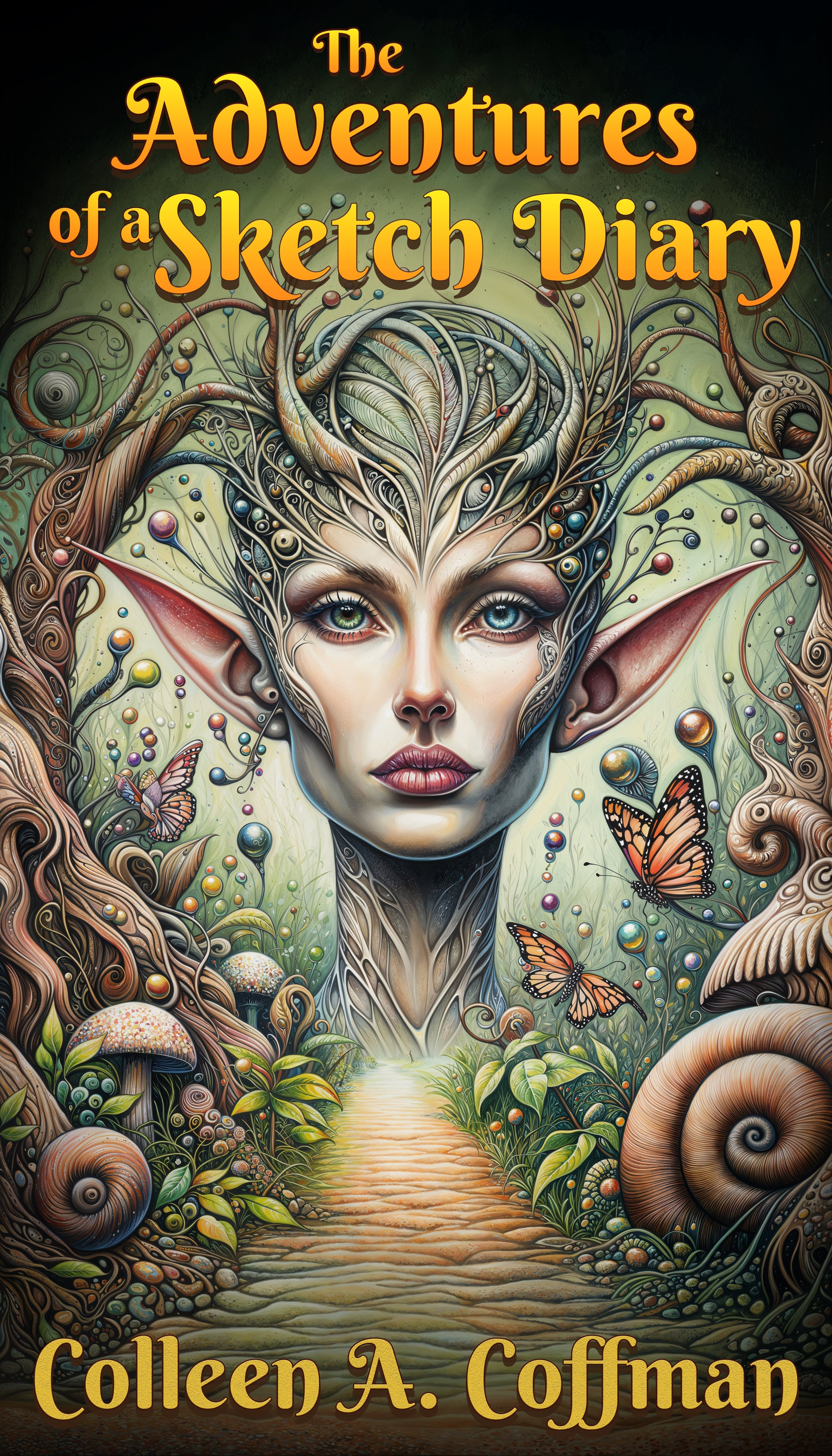Surreal Alien Encounters: Decoding High-Strangeness Cases Through Science and Evidence

By Elaine Westfield, Ufologist
I've spent fifteen years interviewing people who describe encounters that sound impossible. A logger struck by a beam of light and vanishing for five days. Schoolchildren receiving telepathic warnings from beings with enormous eyes. Fishermen paralyzed by creatures they can barely describe.
These aren't your typical UFO sightings of distant lights. These are what researchers call high-strangeness encounters, and they represent something genuinely bizarre in the landscape of human experience.
Here's what fascinated me from the start: these accounts follow patterns. Not the kind you'd expect if people were making things up or pulling from random cultural sources. Deep, consistent patterns that repeat across decades and continents, involving people who've never met and sometimes can't even access the same media.
The Numbers Don't Lie: How Rare Are These Encounters?
Let's talk statistics. Out of more than 500,000 global UFO reports since 1947, experiences involving direct contact, missing time, or entity interaction make up less than 2% of cases. That's a tiny fraction.
But here's the thing: this 2% drives most of the public fascination, research funding, and media attention. Why? Because these cases are deeply strange and often include multiple witnesses or physical evidence that's harder to dismiss.
When researcher Thomas E. Bullard analyzed 437 abduction reports from 1966 to 1996, he found something striking. Four specific motifs dominated over 70% of claims: missing time appeared in 44% of cases, encounters with grey-skinned entities with large black eyes in 38%, telepathic communication in 35%, and levitation or ascent via light beam in 29%.
As a psychologist, this pattern consistency tells me something real is happening, even if we disagree about what that something is.
The Recurring Motifs: A Grammar of High Strangeness
Missing Time and Temporal Distortion
This is the foundation of many high-strangeness cases. Betty and Barney Hill, whose 1961 experience became the prototype for modern abduction reports, arrived home hours later than their drive should have taken. They had no explanation for the gap.
I've worked with experiencers who describe time as slowing down or stopping entirely. Some call this the Oz Factor, a sensation of being isolated from normal reality where environmental sounds vanish and the world feels somehow different.
What strikes me about these accounts is how distressing they are. These aren't people enjoying a fantasy. They're genuinely confused and disturbed by time they can't account for.
The Evolution of the Grey Alien
Here's where things get complicated. The image of aliens with large, wraparound black eyes wasn't always dominant in witness reports.
Analysis of the Betty Hill case reveals something fascinating: in her earliest written accounts from just days after the encounter, she described beings with dark or black eyes and Jimmy Durante noses. The distinctive wraparound eyes appeared later, potentially after exposure to media depicting such features.
The iconic Grey alien image surged in witness reports after Whitley Strieber's 1987 book "Communion" featured that now-famous cover. Cultural influence clearly shapes how people describe their experiences.
Does this mean the experiences are false? Not necessarily. Memory is reconstructive, and when we try to describe something genuinely anomalous, we reach for familiar images. The question is whether the core experience itself is real, regardless of how our brains later fill in visual details.
Telepathic Communication and Environmental Warnings
Verbal communication rarely appears in these accounts. Instead, witnesses describe receiving information directly into their minds.
The 1994 Ariel School encounter in Zimbabwe involved over 60 children who independently reported seeing small beings emerge from a craft and receiving telepathic messages about environmental destruction. Interviews conducted shortly after the event show remarkable consistency in their accounts.
As a psychologist studying group dynamics, mass hallucination remains a possibility. But the specificity and emotional impact these children described suggests something more than suggestion or play.
Landmark Cases: The Evidence That Won't Go Away
Travis Walton: The Five-Day Disappearance
The 1975 Travis Walton case remains one of the most documented abduction claims because six co-workers witnessed the initial event. They saw a beam of light strike Walton and lift him off the ground before fleeing in terror.
Walton vanished for five days. When he reappeared, he recalled examining grey entities and human-like beings aboard a craft. Multiple polygraph tests have been conducted on the witnesses over the decades, with mixed but intriguing results.
Skeptics point to failed early polygraph attempts and suggest the entire event was staged to escape a difficult logging contract. But explaining away six witnesses maintaining the same story for nearly 50 years requires its own form of mental gymnastics.
Pascagoula: The Secret Recording
On October 11, 1973, Charles Hickson and Calvin Parker went to police after claiming abduction by robotic beings with claw-like appendages. What makes this case extraordinary is a secretly recorded conversation between the two men when they thought they were alone.
The sheriff left them in a room with a hidden microphone running. Instead of plotting their story, the tape captured genuine terror and confusion. Hickson can be heard praying and saying he didn't know what happened to them.
That recording is chilling. These weren't hoaxers congratulating themselves on fooling the police. They were deeply traumatized.
Rendlesham Forest: Military Witnesses and Physical Traces
The 1980 Rendlesham Forest incident involved U.S. Air Force personnel witnessing a triangular craft land near their base in England. Deputy Base Commander Lt. Col. Charles Halt documented the event in an official memo, noting physical traces, radiation readings, and visual contact.
Audio recordings from the night capture the real-time reactions of trained military observers encountering something they couldn't explain. One witness, Jim Penniston, claimed to receive a stream of binary code telepathically after touching the craft.
Skeptics argue the men misidentified the Orfordness Lighthouse beam and stars. But that explanation requires trained airmen to be remarkably incompetent at identifying familiar objects under stress.
The Ariel School Mass Sighting
In 1994, over 60 schoolchildren in Zimbabwe witnessed a craft land near their playground and saw small beings with large eyes emerge. The children were interviewed separately by researchers, including Harvard psychiatrist John Mack, and their accounts showed remarkable consistency.
What makes this case stand out is the sheer number of independent witnesses, all children, describing the same core experience. Some skeptics suggest a puppetry show or mass suggestion, but that explanation struggles to account for the depth and emotional impact of what these children reported.
The Sleep Paralysis Hypothesis: What It Explains and What It Doesn't
I need to address the elephant in the room. As someone trained in neuroscience, I know sleep paralysis explains many bedroom encounters.
Sleep paralysis occurs when your brain wakes up before your body does, leaving you temporarily paralyzed and often experiencing terrifying hallucinations. The sensations map perfectly onto classic abduction narratives: a sense of presence, pressure on the chest, seeing figures, feeling vibrations, and complete inability to move.
Research shows 47% of self-identified abductees experience sleep paralysis, compared to just 7% of control groups. That's a massive correlation.
Studies by Susan Clancy and Richard McNally demonstrate that people reporting abductions are more likely to experience sleep paralysis and interpret these frightening episodes through a culturally available "alien" framework.
But here's where I diverge from pure skeptics: this explanation doesn't account for daylight encounters, multiple independent witnesses, or physical traces. The 1994 Ariel School case didn't happen in anyone's bedroom. The 1966 Westall UFO sighting in Australia involved over 200 students and teachers watching a craft land in daylight.
Sleep paralysis is real and explains some cases. It doesn't explain all of them.
False Memory and the Hypnosis Problem
The other major psychological explanation centers on memory reconstruction. Research by Elizabeth Loftus has definitively shown that memory isn't a video recording. It's a reconstructive process that's vulnerable to suggestion and contamination.
Hypnosis, once widely used by researchers like Budd Hopkins to "recover" abduction memories, is particularly problematic. Studies show suggestive therapeutic techniques can inadvertently create detailed false memories that feel completely real to the person experiencing them.
Individuals reporting alien abductions show higher rates of false memory creation in laboratory tasks. That's a red flag.
The Allagash abductions case illustrates this problem. Four men on a 1976 camping trip experienced missing time after seeing a glowing craft. They didn't recall the full "abduction" until years later under hypnosis. One witness later recanted parts of the abduction narrative, suggesting the hypnosis sessions may have created or elaborated memories rather than recovering them.
This doesn't make experiencers liars. False memories feel real because they're processed by the same neural systems as genuine memories. But it means we need to be extremely careful about evidence obtained through hypnosis.
Beyond Extraterrestrials: Alternative Frameworks
The Interdimensional Hypothesis
Jacques Vallée's interdimensional hypothesis proposes that these phenomena aren't extraterrestrial visitors but something co-existing with our reality in ways we don't understand.
Vallée points to historical parallels between modern alien encounters and older accounts of fairies, djinn, and other folkloric beings. The absurdity, the psychic effects, the way these experiences seem to shape human belief systems, all suggest something more complex than simple visitation from another planet.
The phenomenon's high strangeness, its theatrical quality, the way it seems to interact directly with consciousness, these features don't fit neatly into the "nuts and bolts" extraterrestrial hypothesis.
The Consciousness Connection
Researchers like John Mack proposed that these encounters represent an intersection of consciousness and physical reality. The experiences are both psychically and physically real, existing at a boundary we don't yet understand.
This framework resonates with my clinical experience. Experiencers often report synchronicities, paranormal "hitchhiker" effects, and lasting transformations that persist long after the encounter. These downstream effects suggest something deeper than a simple physical event or a psychological episode.
How Media Shapes What We See
We need to talk honestly about cultural influence. The visual language of alien encounters has measurably shifted with media exposure.
Before the 1960s, "wraparound eyes" rarely appeared in reports. After the Betty Hill case received media attention and television shows like "The Outer Limits" featured beings with large, distinctive eyes, this motif spiked in witness descriptions.
The childlike Grey alien became dominant after its appearance in "Close Encounters of the Third Kind" in 1977. The visceral, biomechanical imagery of alien environments increased after movies like "Alien" in 1979 and the film adaptation of "Fire in the Sky" in 1993.
Does this invalidate all encounters? I don't think so. But it means investigators need to distinguish between the core experience and the cultural overlay our brains apply when trying to make sense of something genuinely anomalous.
The rise of AI-generated imagery adds a new complication. Studies show AI-edited images can implant false memories. We're entering an era where distinguishing authentic experience from culturally influenced memory reconstruction becomes even more challenging.
Investigating High-Strangeness Cases: What Actually Works
Interview Techniques That Don't Contaminate Evidence
If you're serious about investigating these cases, your interview method matters immensely. Research shows leading questions introduce false details in up to 32% of cases.
The PEACE interview model (Planning, Engage, Account, Closure, Evaluate) emphasizes open-ended questions and active listening. Using structured protocols like the NICHD method drops false detail introduction below 5%.
The difference is huge. Instead of asking "What did the aliens look like?" which presumes aliens and leads the witness, you ask "What did you experience?" and let them tell you.
Trauma-informed approaches are also critical. Many experiencers report genuinely traumatic events. Building rapport, explaining your process clearly, and prioritizing the witness's wellbeing produces better evidence and does less harm.
Physical Evidence and Chain of Custody
Any physical evidence is worthless without proper documentation. Follow forensic standards for collecting and packaging physical traces. Document every transfer. Maintain an unbroken chain of custody.
For digital evidence like photos and videos, create forensic copies and calculate cryptographic hashes to verify file integrity. Preserve all metadata. One compromised file destroys your evidence.
Corroborating with Sensor Data
Testimonial evidence gains strength when backed by independent sensor data. FAA radar data can be requested via FOIA, but retention is often just 45 days, so act fast.
Cross-reference witness reports against astronomical databases for satellites, meteors, and planetary positions. The most compelling cases are those where multiple independent data sources align.
Where I Stand After 15 Years
I've spent my career studying people who report experiences that challenge our understanding of reality. I've worked with hoaxers, I've worked with people experiencing clear psychiatric episodes, and I've worked with individuals whose accounts I genuinely can't explain away.
Sleep paralysis is real. False memories are real. Cultural influence is real. These explanations account for many, perhaps most, abduction claims.
But not all of them. The multi-witness daylight cases, the ones with physical traces, the military encounters with radar confirmation, these don't fit neatly into psychological explanations alone.
Something genuinely anomalous appears to be happening. Whether that something is extraterrestrial intelligence, interdimensional phenomena, undocumented neurological events, or something we don't even have a framework to understand, I can't say with certainty.
What I can say is that these experiences deserve serious scientific investigation rather than automatic dismissal. The experiencers I've worked with aren't generally delusional or attention-seeking. They're ordinary people struggling to integrate extraordinary experiences into their lives.
The phenomenon exists at the boundary of what we understand about consciousness, perception, and physical reality. That boundary is exactly where science makes its most interesting discoveries.
We need better data, more rigorous investigation methods, and less tribalism between believers and skeptics. Most of all, we need researchers willing to sit with uncertainty and follow the evidence wherever it leads, even if that destination makes us uncomfortable.
Because whatever these surreal alien encounters represent, whether they're entirely in our heads or genuinely external, they're telling us something important about the nature of human experience and the edges of our reality. Dismissing them outright means missing an opportunity to understand something fundamental about consciousness itself.
From Bigfoot to UFOs: Hangar 1 Publishing Has You Covered!
Explore Untold Stories: Venture into the world of UFOs, cryptids, Bigfoot, and beyond. Every story is a journey into the extraordinary.
Immersive Book Technology: Experience real videos, sights, and sounds within our books. Its not just reading; its an adventure.





